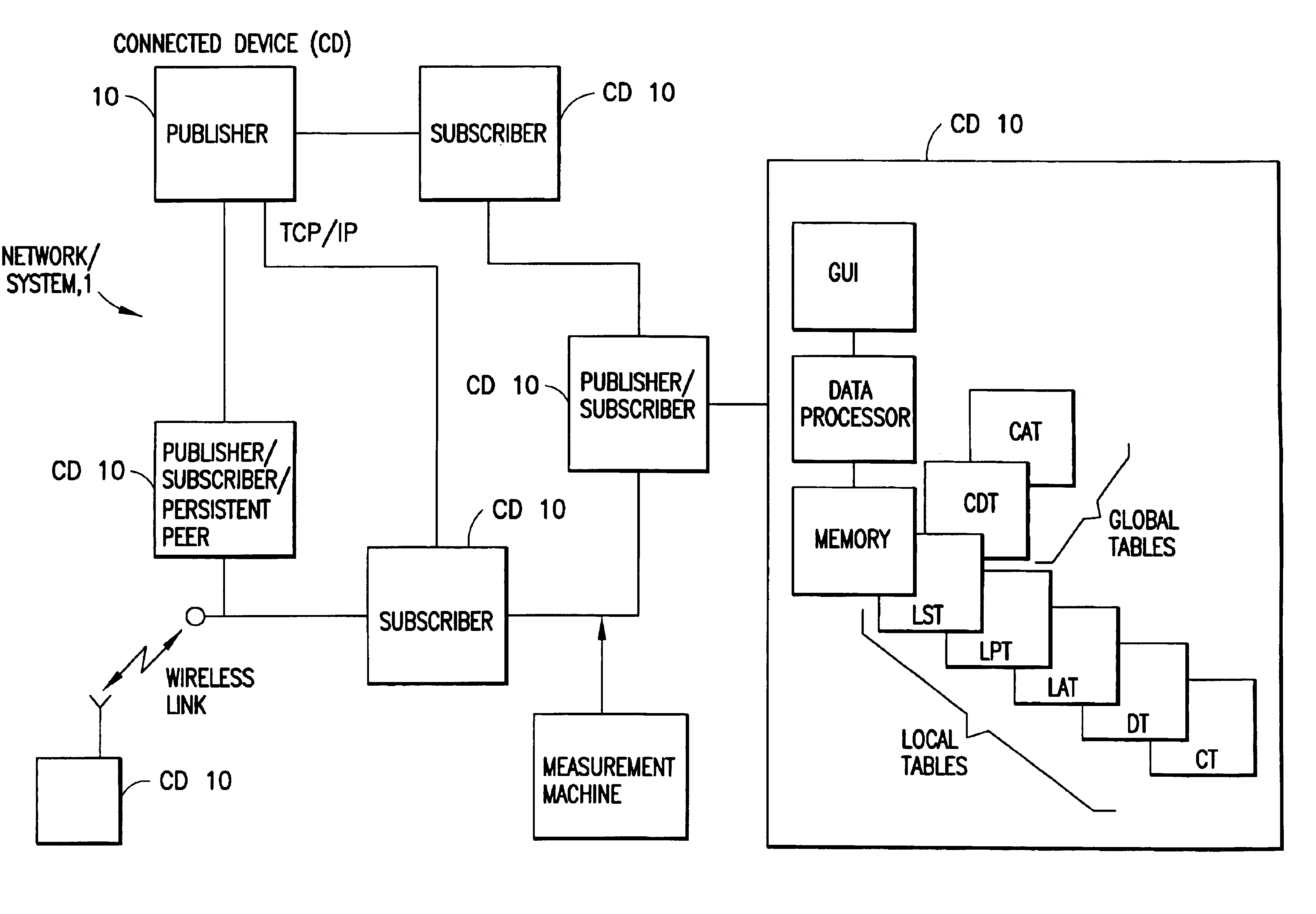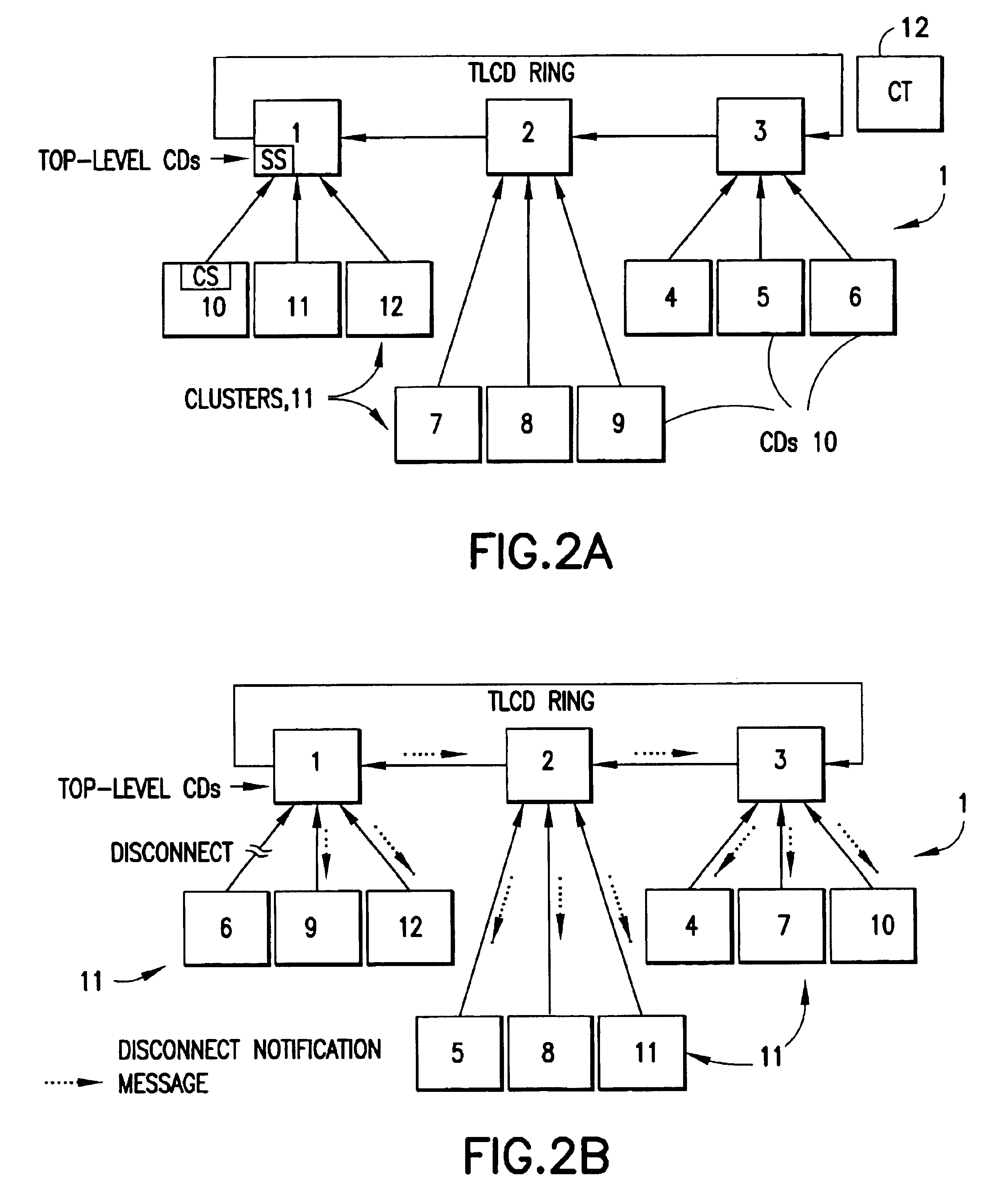System and methods providing automatic distributed data retrieval, analysis and reporting services
a distributed data and automatic technology, applied in the field of automatic distributed data retrieval, analysis and reporting services, can solve the problems of large labor costs for a company associated with the latter, the limited scope of analytical and messaging functionality found in erp, mes and other so-called enterprise scale computer systems, and many enterprise class software systems that do not provide adequate functionality to meet the particular needs of many users. , to achieve the effect of improving the computational or storage burden of existing client-server devices, low cost, and reducing
- Summary
- Abstract
- Description
- Claims
- Application Information
AI Technical Summary
Benefits of technology
Problems solved by technology
Method used
Image
Examples
Embodiment Construction
[0056]By way of introduction, and referring to FIG. 1, these teachings provide a system and methods for providing data retrieval, analysis and reporting (RAR) services within a distributed computer network or system 1 containing servers, databases and connected devices (CDs). The CDs 10 may include any suitable type of data processors including, but not limited to, mainframe computers, supercomputers, workstations, personal computers, portable computers and hand-held computers, as well as measuring systems, sensors and various types of mobile devices having some type of embedded data processor and memory. Connected devices 10 may act as servers, capable of creating and providing (i.e., hosting) data RAR services for other connected devices 10. To avoid confusion with conventional central servers, in the ensuing description the term “publisher” will be henceforth used to refer to any connected device 10 that functions as a server. Other connected devices 10 may act as clients, capabl...
PUM
 Login to View More
Login to View More Abstract
Description
Claims
Application Information
 Login to View More
Login to View More - R&D
- Intellectual Property
- Life Sciences
- Materials
- Tech Scout
- Unparalleled Data Quality
- Higher Quality Content
- 60% Fewer Hallucinations
Browse by: Latest US Patents, China's latest patents, Technical Efficacy Thesaurus, Application Domain, Technology Topic, Popular Technical Reports.
© 2025 PatSnap. All rights reserved.Legal|Privacy policy|Modern Slavery Act Transparency Statement|Sitemap|About US| Contact US: help@patsnap.com



